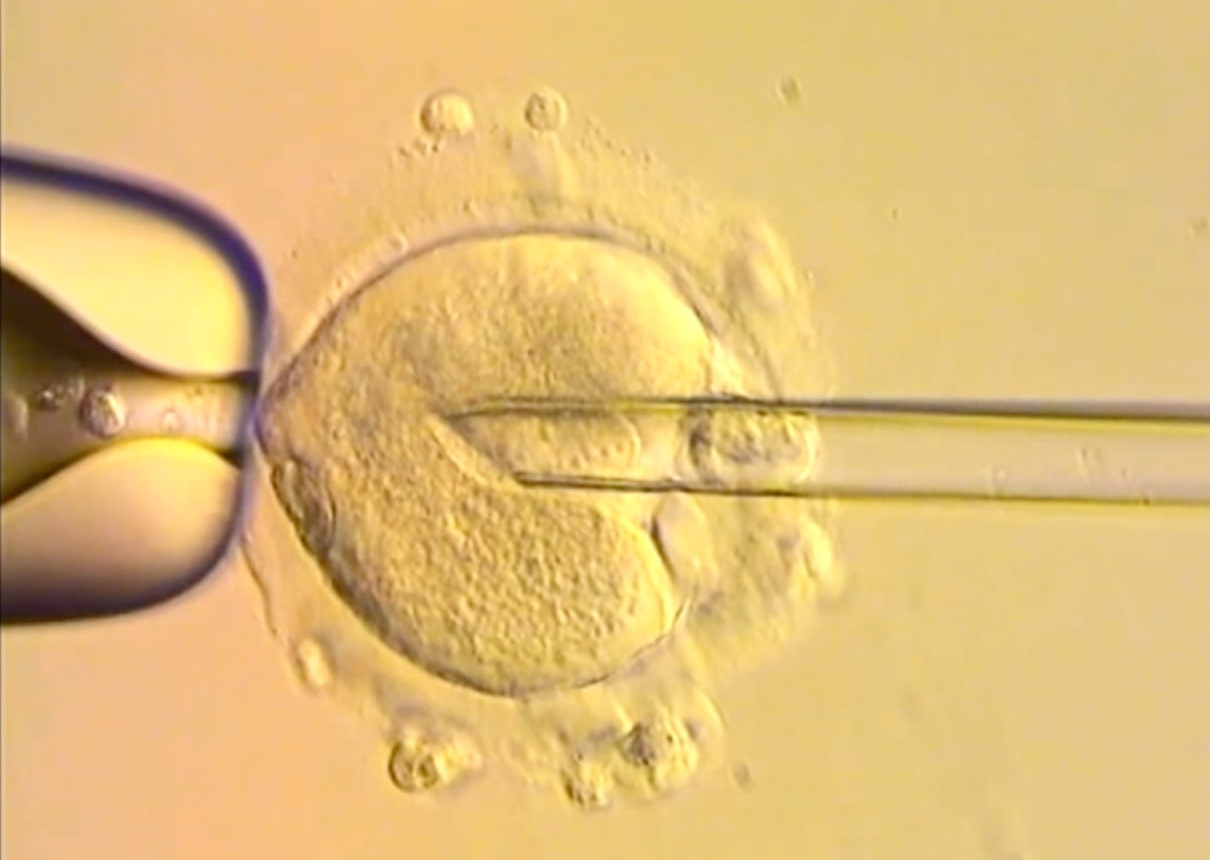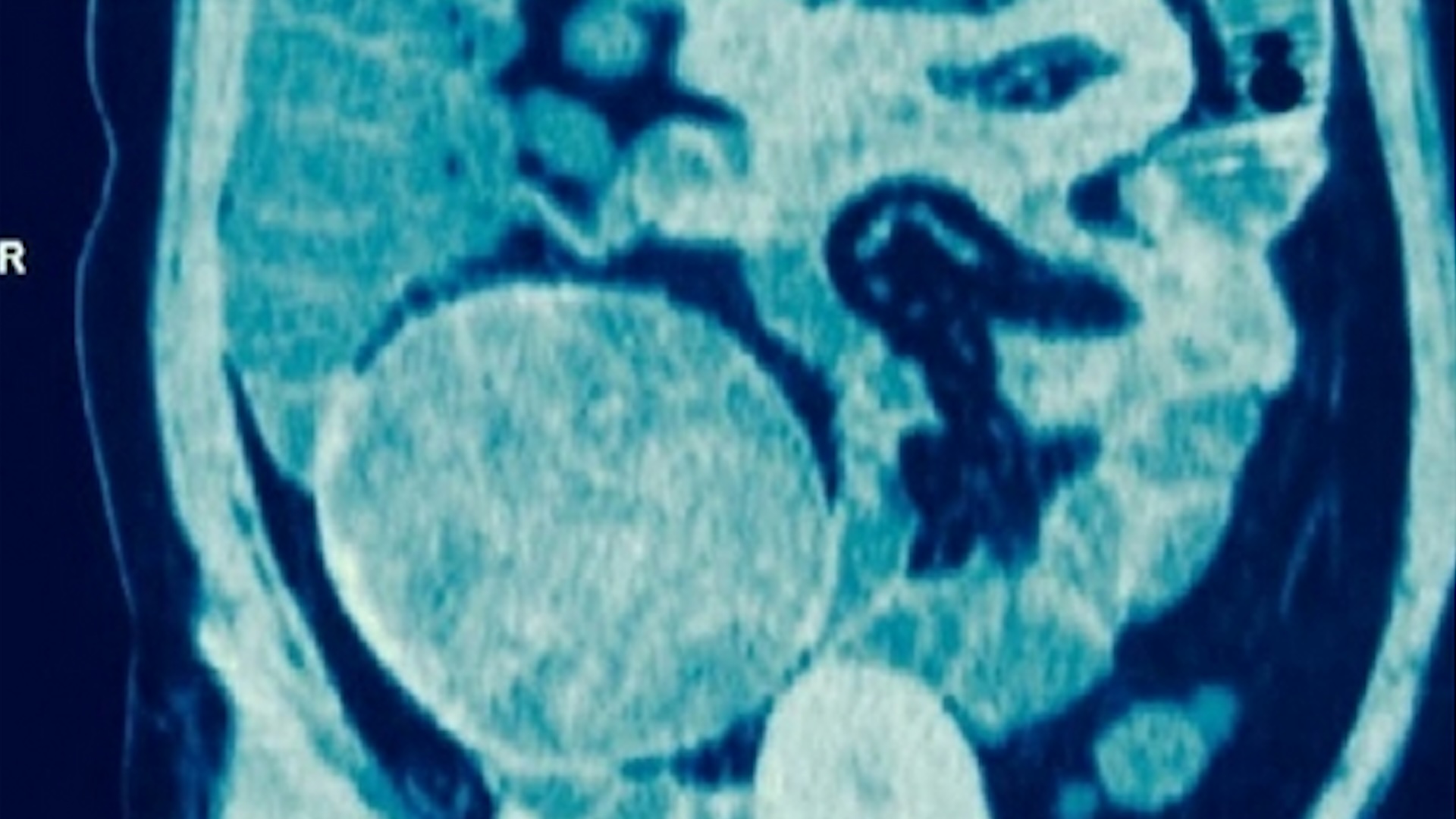The Surprising Connection Between Black-Eyed Peas and Cancer Treatment You Won't Believe!

What if I told you that a humble legume could hold the key to a groundbreaking cancer treatment? That's right! The cowpea mosaic virus (CPMV), a virus linked to black-eyed peas, is sparking excitement among researchers who believe it could revolutionize cancer therapy.
Immunotherapy has emerged as one of the most thrilling frontiers in cancer treatment, harnessing the immense power of the body’s immune system to combat malignancies. In a fascinating twist, scientists are exploring various viruses as potential weapons against cancer, and CPMV has shown remarkable promise in early studies. Research indicates that this tiny virus can effectively target tumor cells in dogs and mice, and recent experiments have revealed how it rejuvenates the immune response against cancer. A study published in the journal Cell Biomaterials highlights how CPMV can relieve the tumor microenvironment from immunosuppression, effectively restarting the cancer immunity cycle.
Under normal circumstances, our immune systems are adept at spotting and eliminating cells that could become cancerous. However, sometimes malignant cells manage to evade detection, growing into dangerous tumors. Earlier studies demonstrated that injecting CPMV directly into tumors can reverse this immunosuppression, luring the body’s immune cells to the tumor site to destroy cancer cells. This process leads to what researchers call “potent tumor cell killing.” Moreover, CPMV seems to activate various immune components, like B cells and cytotoxic T cells, creating a robust immune memory. This means that once the immune system has targeted a tumor, it may continue to hunt metastatic tumors that spread to other body parts.
“What we found most exciting is that although human immune cells are not infected by CPMV, they respond to it and are reprogrammed toward an activated state, which ultimately trains them to detect and eradicate cancerous cells,” said Anthony Omole, a postgraduate in chemical and nano engineering at the University of California - San Diego.
But why is CPMV so effective, while other plant viruses fall short? To get to the bottom of this, Omole and his team compared CPMV with another plant virus, cowpea chlorotic mottle virus (CCMV), which is closely related but lacks the potent anti-tumor response of CPMV.
The team discovered that both viruses produced nanoparticles of similar size and were absorbed by immune cells at comparable rates. However, the difference in their efficacy boiled down to two critical factors. CPMV was able to stimulate type I, II, and III interferons—crucial signaling proteins for fighting off infections and cancers—while CCMV merely triggered pro-inflammatory interleukins that help combat inflammation. Even the RNA of CPMV lasted longer in the body, managing to reach the endolysosome to activate toll-like receptor 7 (TLR7), a protein essential for destroying tumors. CCMV's RNA couldn’t achieve this.
“This work gives us insight into how CPMV works so well,” stated Omole. Now, the team is setting their sights on clinical trials with CPMV.
While we may not see CPMV in hospitals just yet, the hope is that successful trials could pave the way for a new, effective, and relatively affordable immunotherapy option for cancer patients. Unlike other treatments that can be costly and complex to manufacture, CPMV can be cultivated in plants using just sunlight, soil, and water—a game-changer in the fight against cancer!


























